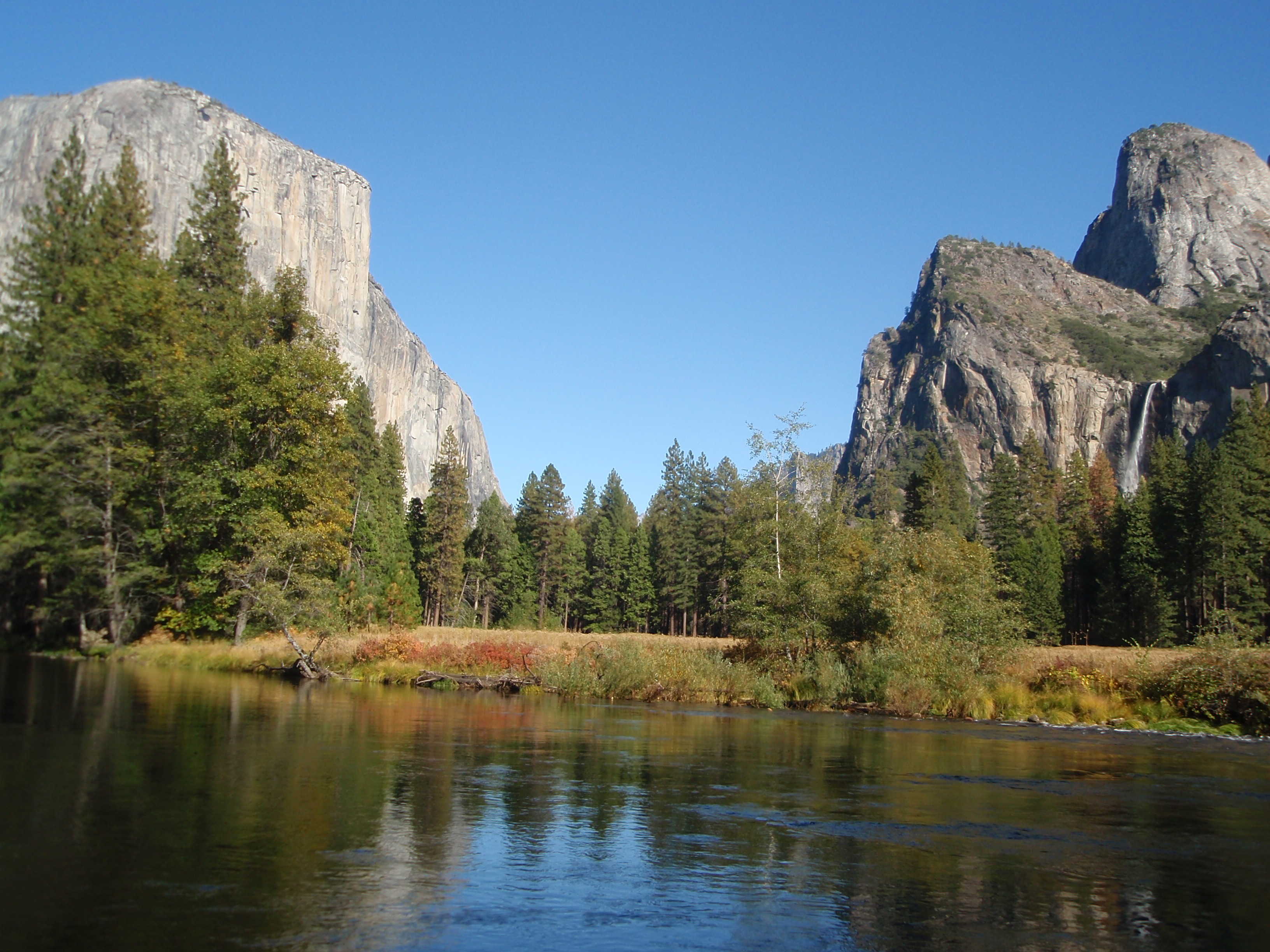


Few countries are as geographically diverse as the USA, making it an ideal country to drive across. No mode of transport, especially in a nation as vast as America, allows for as much freedom as the automobile. To book your holiday to the land of the free, contact your personal travel manager who can help guide you to the best self-driving holiday you’ve ever had!
Going-to-the-Sun Road is the only road that crosses Montana’s Glacier National Park, passing over the Continental Divide in the process. Completed in 1932, this 53-mile long road was one of the first thoroughfares designed especially for tourist vehicles, turning a long weekend’s jaunt into a daytrip.
Highlights of the Going-to-the-Sun Road include Lake Macdonald, an angler’s paradise, Trail of the Cedars, a hiking trial beneath 24 metre tall Cedars and the Weeping Wall, a spectacular natural waterfall.
Route 66 is possibly the most iconic highway in history, running 2,940km from Chicago to Santa Monica crossing through the states of Illinois, Missouri, Kansas, Oklahoma, Texas, New Mexico and Arizona. Freedom has been a consistent theme throughout the drive’s history, with the route used by troops to reach the frontline during times of war and by families hoping for a new lease of life out west. It’s this representation of freedom that makes Route 66 quintessentially American. Dotted along the highway are weird and wonderful attractions to keep kids happy, including the world’s largest ketchup bottle in Illinois, a drive through whale in Catoosa and the Round Barn in Arcadia.
The Seaward Highway stretches over 200km from Seward to Anchorage, covering the Kenai Mountains, Kenai Peninsula and Chugach National Forest in the process, making the Alaskan drive a favourite with nature lovers.
The road, which winds from the coast through the mountain before rolling back down to the coast, can be completed within an afternoon, but its recommended to set aside a whole weekend.
California’s State Route 1 stretches over 1,000km from the Mexican border to Leggett in the north of Mendocino County, connecting the west coast cities of Los Angeles and San Francisco in the process. Highlights of the route include the dramatically rugged coastline along Big Sur, where the ocean crashes against plunging cliffs. Big Sur also contains Redwood forests, containing some of the world’s tallest trees. During the winter the banks of Big Sur are susceptible to mudslides, and consequently you should keep an eye on local weather conditions.
The highway passes through Cambria and along Moonstone Beach, where the sand is speckled with opalescent moonstones. As you leave Cambria on the approach to Morro Bay you’ll pass the artistic colony of Harmony, allowing a glimpse into a commune that’s adopted an alternative lifestyle.
Morro Bay is easily identifiable by the huge extinct volcano, referred to as Morro Rock. The 176 metre high rock became extinct approximately 23 million years ago and now provides a sheltered habitat for Peregrine falcons and beautiful Monarch butterflies.
Moving to the aloha state of Hawaii, the Hawaiian Belt Road, or the Māmalahoa Highway as it’s traditionally known, consists of three highways and encircles the Island of Hawai’i, stretching from Hilo to the Waipi’o Valley on the Hamakua Coast. Hilo, from where the Southern section through to Kailua-Kona commences, is a great base from which to explore Hawaii Volcanoes National Park, home to five volcanoes, two of which are the Earth’s largest.
Start planning your trip with your local, personal travel manager http://www.travelmanagers.com.au/ptm-search/.